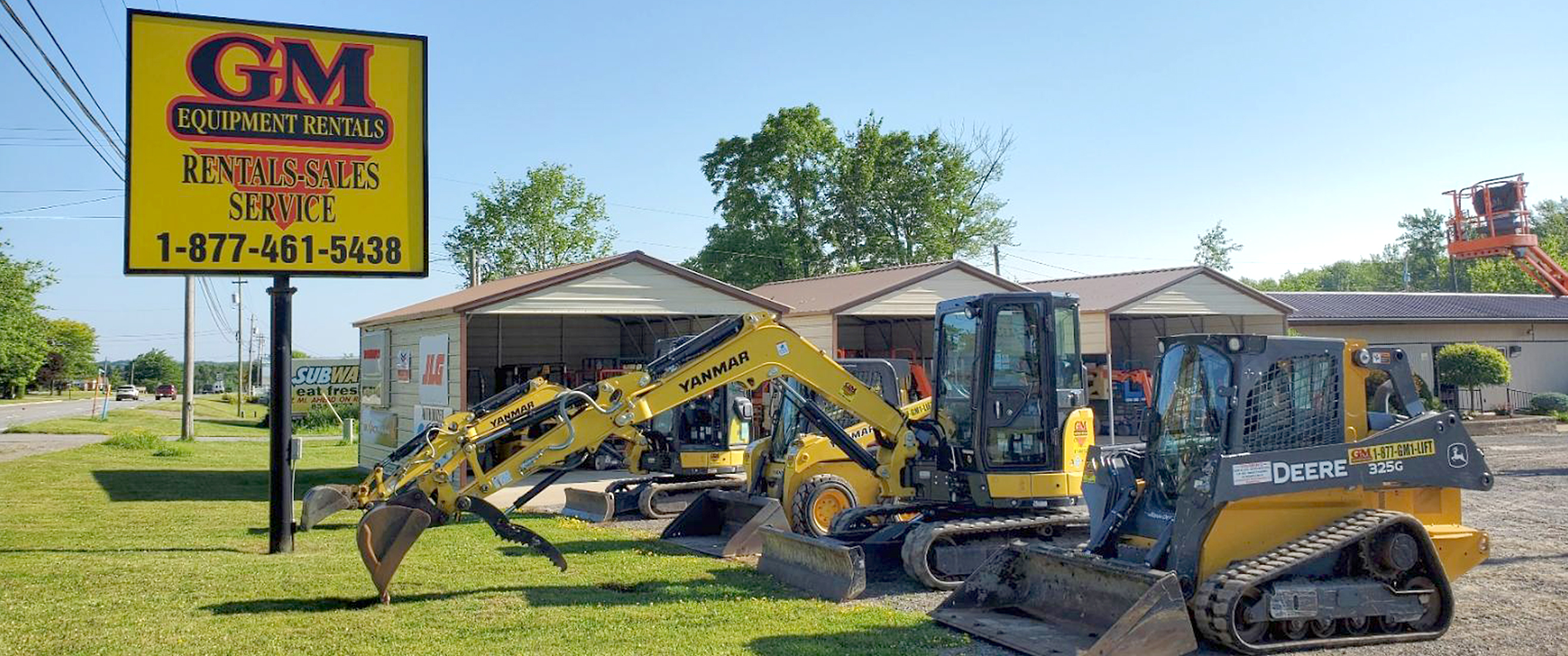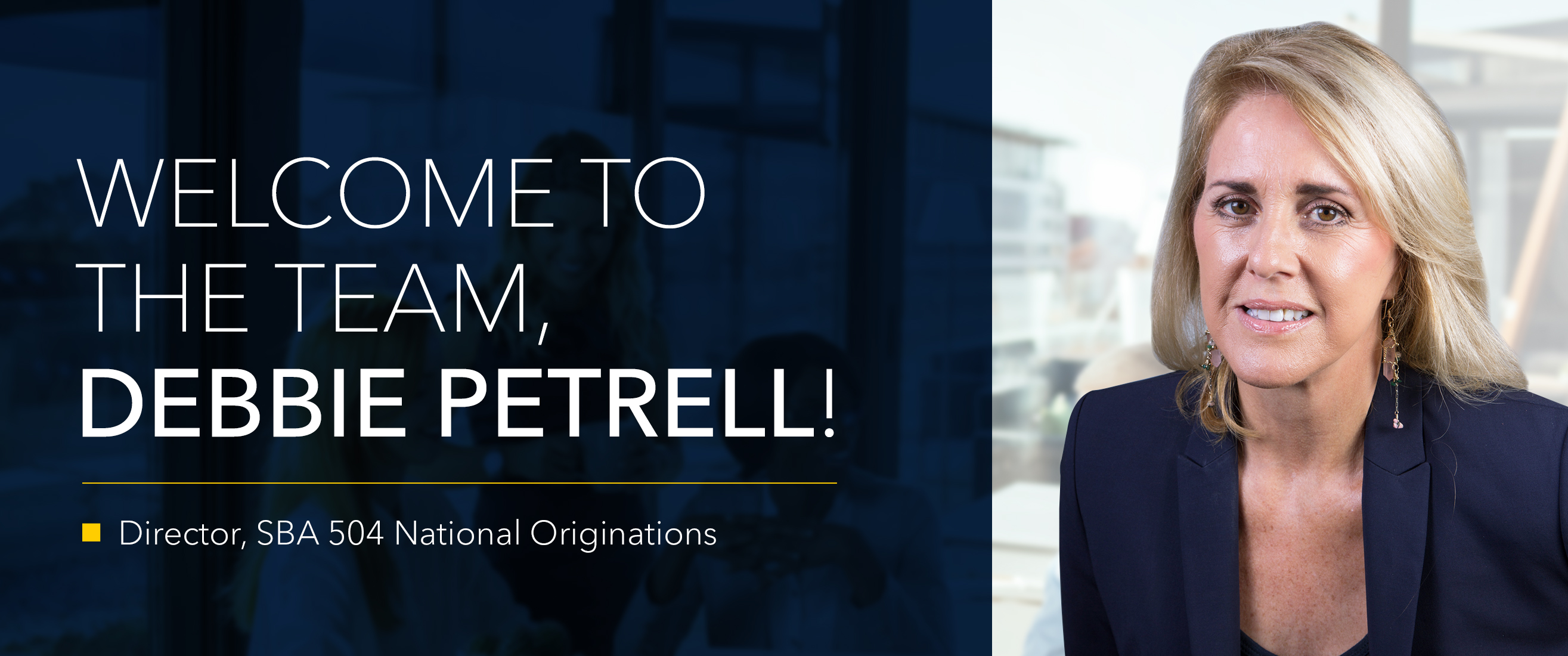WE TRANSFORM BUSINESS NEEDS INTO SOLUTIONS THAT GROW WITH YOUR BUSINESS.
Business Expansion in a Post-COVID World: Spotlight on Veterinarians
Pandemic pet care has transformed the veterinary industry. Since 2020, a renewed focus on our pets’ well-being has resulted in significant growth, and opportunity, for veterinary care services. Learn more about this trend and how The Bancorp can help your business grow with it.

The coronavirus pandemic, coupled with extended stay-at-home orders, prompted thousands of Americans to adopt pets in 2020. A recent report from PetHealth, Inc. found that nearly 935,000 dogs and cats were adopted from animal welfare organizations, such as animal control agencies, SPCAs, humane societies and rescue groups.1 Dog sales from breeders and pet stores also soared during the pandemic; last August, The Washington Post reported that “breeders were reporting [that] pet stores [were] buying full litters of puppies that hadn’t been born yet, putting the money down in advance just to try to keep inventory in the pipeline going forward.”2
The spike in demand for four-legged companions not only boosted business for shelters, rescues and breeders, but also for the veterinary care industry. Before the pandemic, the veterinary care industry was estimated to be a nearly $19 billion market annually.3 Since the onset of COVID-19, this number has skyrocketed to nearly $30 billion, as roughly 11.38 million U.S. households acquired a new pet during lockdown, increasing the demand for veterinary services.4,5
Keeping Up with Industry Demand
With millions of animals in new homes throughout the pandemic, the past year has shed a spotlight on the transformation the veterinary care industry will need to undergo, and the potential business extensions necessary — such as fleet vehicles — to meet increased (and ongoing) demand, as well as the subsequent financial considerations.
As such, veterinary practitioners should take the time now to start preparing their businesses for the changes to come.
Adding Ancillary Services in Order to Help Maintain a Competitive Edge
Pet owners will seemingly spare no expense to ensure the health and well-being of their animals. In 2020, Americans spent $103.6 billion6 on pet care, $31.4 billion of which was spent specifically on veterinary care and products. These numbers likely reflect not just the influx of new pets at home, but the fact that with more people staying home than ever before, pet owners had the time they might not have had otherwise to observe their four-legged friends and pay closer attention to their other health needs, such as dental care.
Now, as businesses reopen and more people return to in-person work modes, pet owners may also be looking for therapy services and anti-anxiety medications for their pets to ease any separation anxiety or other ailments. CBD brands that specialize in animal products were already experiencing high demand during 2020. New reports indicate that as we transition into a post-pandemic world, sales will continue to increase by 48% in 2021 from the estimated $426 million spent in 2020 to help with pet separation anxiety. These numbers, however, should come as no surprise, as the number of consumers discussing these types of products with their veterinarians more than doubled this past year.7
Knowing that the demand for therapy-like services — and additional health extensions, like dentistry —will remain top-of-mind for pet owners well beyond the pandemic, veterinary practice owners can increase their value-add to current customers and potentially attract new ones by adding ancillary services to their current offerings.
Changing the Ways in Which Care Is Offered
Similar to healthcare services, the pandemic spurred a number of vets to modify how they see patients, whether it be via curbside services, mobile clinics or through telehealth appointments. In response to the pet boom during the coronavirus pandemic, popular pet brand Chewy launched its own service that connects passionate pet owners with veterinarians that offer telehealth services.8
While curbside offerings have slightly subsided in tandem with the easing of other COVID restrictions, telehealth has continued to be in demand due to its convenience and accessibility. Establishing this service as a permanent offering will not only continue to benefit owners and their pets, but veterinarian practices too. The global veterinary telehealth market was estimated at $92 million in 2020, and is expected to reach nearly $120 million by the end of 2021, making it a viable source of revenue for practice owners.9
However, prior to making telehealth a permanent way to offer care, veterinary practice owners should review their budgets to ensure there is room for a potential increase in technology costs, especially if they have not already deployed the software and/or systems required to provide this service.
In addition to telehealth, with vet clinics being booked more than ever before during the pandemic, practices may have — or are looking to — add one or more mobile clinics as a way to increase access to care and alleviate the burden on the scheduling system.10 In doing so, practice owners will need to take into consideration the additional staffing needs, but also what their fleet leasing needs may look like, and their budget to make it happen:
- Is it a fleet of one or five?
- What branding should be included?
- What upfitting is necessary?
- What partner can make this process seamless?
Preparing for Expansions, Mergers or Acquisitions
With the American workforce on the cusp of returning to some sense of normalcy, veterinary practitioners should start preparing to expand now, if they haven’t already. Some of these ancillary services could require additional office space and/or equipment, as well as the time needed to train new staff to support these offerings, all of which could become costly. When anticipating what the future of your business could look like, consider each of the following options, and the best partner(s) that could help support them:
- Expanding offices through mobile clinics – Consider working with a lender like The Bancorp that can help you manage both your loans and fleet leasing needs all in the same place to streamline the number of vendors on which your practice depends.
- Partnering with specialist firms – Consider partnering with specialist firms, such as animal dentist offices, to potentially help offset some of the costs. If considering an acquisition or partnership as part of an expansion, make sure your lending partner has a history of helping businesses through this kind of transformation to help manage your financial needs.
- Acquiring an existing veterinary practice – Consider this option with your practice’s succession plan in mind to make sure they align with your long-term business objectives.
As the veterinary industry continues to navigate the ongoing increase in demand as we near a new post-pandemic era, practitioners that adapt and adopt will thrive, while stagnation can cripple a business. As business owners examine their options — through new services, an expansion, a merger, or an acquisition — partnering with a lender such as The Bancorp can aid in navigating this new endeavor seamlessly, whether through an SBA loan, vehicle or equipment fleet financing, or other type of financial support.
1. Pet Health Inc. PetPoint Report: Year-to-Date 2020.
2. The Washington Post. “Dog adoptions and sales soar during the pandemic” . August 2020.
3. Today’s Veterinary Business. “U.S. Veterinary Care Is A Nearly $19 Billion Market”. October 2019.
4. Grand View Research: Veterinary Medicine Market Size & Growth Report, 2021-2028.
5. American Pet Products Association (APPA): COVID-19 Pulse Study, October 2020; Today's Veterinary Business: “Pets remain in high demand during COVID”. October 2020.
6. APPA. Total U.S. Pet Industry Expenditures Report. March 2021.
7. Axios. “Pet CBD sales soar as owners return to work”. June 2021.
8. CNBC. “Chewy launches virtual vet visits as pandemic fuels pet boom”. October 2020.
9. Grand View Research. Veterinary Telehealth Market Size, Share & Trends Analysis Report. February 2021.
10. USA Today. “You may have to wait longer for a vet appointment during the pandemic. Here's why.” December 2020.
Opinions, findings, or perspectives contained in this blog are those of the authors.
Small Business Lending
Commercial Lending
Commercial Fleet Leasing
Veterinary
Veterinary Practice
Lending
Leasing
Business Expansion









